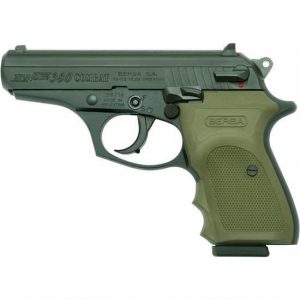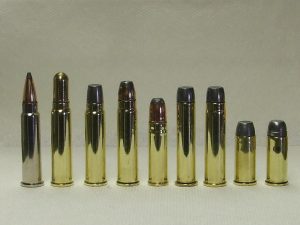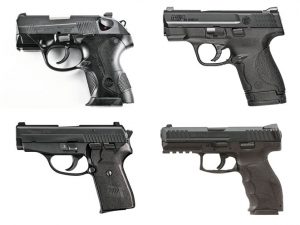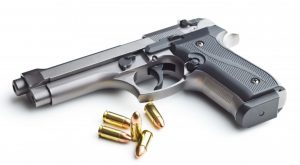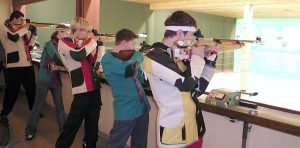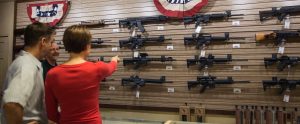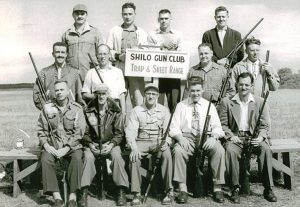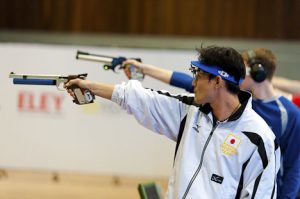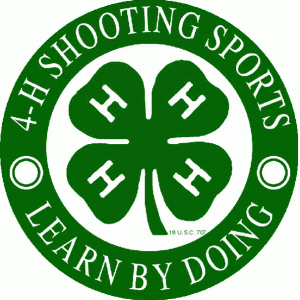.380 for Self-Defense
People who carry concealed for self-defense often choose larger calibers for their stopping power. The .380 Automatic Colt Pistol (ACP) remains one of the most popular rounds on the market. Shooters prefer the round because it is lightweight and easy to carry with minimal recoil and muzzle blast. Police officers often carry a .380 as a backup weapon. Hobbyists and competition shooters choose the ammo for backyard shooting, competition and plinking.
Development of .380 Ammo
John Moses Browning created .380 ammunition for the Colt Model 1908 Pocket Pistol in 1908. Browning designed the ammo after the .38 Automatic Colt Pistol (ACP) cartridge, which was made for blowback pistols. The military used .380 ACP ammo until it was replaced with the 9mm.
In 1912, .380 ACP ammo was introduced in Belgium, where it was named the “9mm Browning Short.” Military forces used the round throughout World War II until many replaced it with the more popular 9mm cartridge.
Other names for .380 ACP cartridges include 9mm Browning, 9mm Browning Court, .380 Auto, 9mm Short, 9mm Corto, 9mm Kurz, and 9×17mm. The .380 Auto should not be confused with .38 ACP.
The .380 Auto for Self-Defense
People looking for a self-defense weapon may choose the .380 ACP for its accuracy. The round has a moderate recoil and muzzle blast which works well for novice shooters. The round feeds easily and the guns chambered for this round are dependable. The ammunition is better than the .32 Auto, especially when it comes to stopping power. As a result, the .380 ACP has become the standard minimum chambering for law enforcement, military and self-defense use.
The popularization of the 9mm caused a decrease in sales for the .380 ACP until the mid-2000s, when the demand increased for lightweight pistols suitable for carrying concealed. Manufacturers have responded to the demand for weapons chambered in .380 ACP and have also begun to mass produce the ammo to be sold in bulk. The mass production allows consumers to buy .380 rounds for less money at retail sites as well as through online markets.
Stopping Power
The stopping power of .380 ammo is sufficient to stop a threat. Some experts dismiss the round because it is smaller and less effective than larger handgun calibers. For example, the 9mm has more firepower, but the performance isn’t much different. The .380 round performs like a .45 cartridge rather than the .32 ACP, which is closer to its size.
While the cartridge may be weaker than larger calibers, the lower recoil is a benefit to novice users since the gun is easier to fire. The shooter also has less recovery time and can fire faster, which means a great deal when the shooter is acquiring a target. Manufacturers continue to chamber handguns for the .380 ACP, including subcompact models that are ideal for concealed carry.

